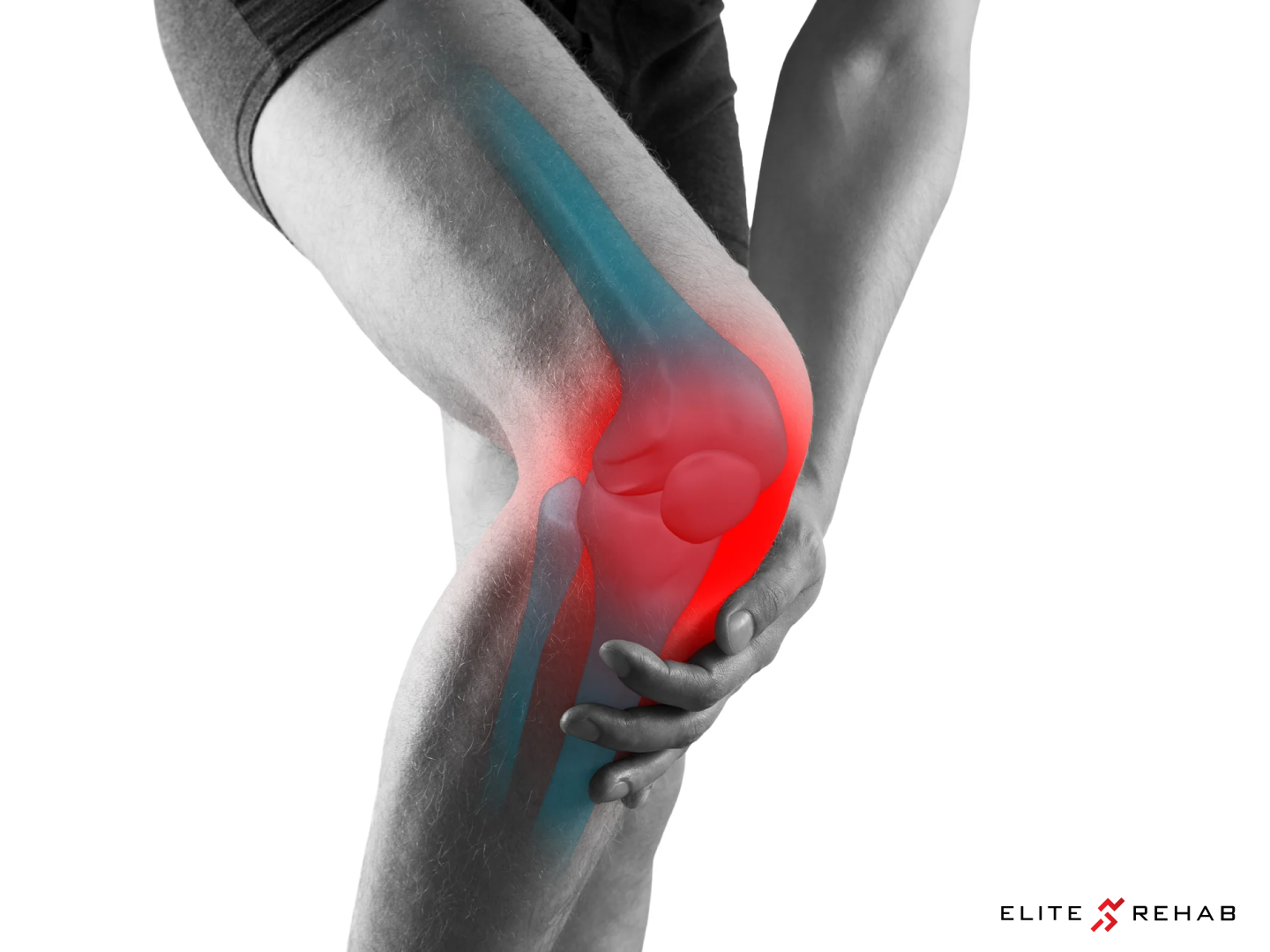Anterior cruciate ligament (ACL) injuries are among the most common injuries, especially for athletes. One study found an ACL injury rate of 6.5 per 100,000 athletic encounters.1 If you injure your ACL and have to have surgery, you’ll want to get your life back as fast as possible. To do that, you want to ensure you have a comprehensive rehabilitation program.
In the past, lumpy, inconvenient ice packs were the only cold treatment available post-operatively to help you deal with the pain and swelling. Fortunately, there’s a better solution for managing your ACL surgery recovery. It combines cryotherapy (i.e., cold therapy) with intermittent pneumatic compression (IPC) in an anatomically designed wrap. An IPC device uses intermittent compression to help promote blood and fluid flow2, reduce edema, and, when combined with cold, can help relieve pain.
Here are five ways this revolutionary device harnessing intermittent compression and cold therapy may help with your ACL surgery recovery.
1. Reducing Pain
Cold therapy is a long-standing method of reducing pain after surgery. It provides an analgesic (pain-relieving) effect by numbing pain mediators and receptors. 3
Traditional cold therapy using ice packs or ice baths may be messy, uncomfortable and cumbersome having returned home after surgery. A system that continuously cycles cold water through a formfitting wrap designed just for the knee joint is more convenient, comfortable and more effective. This may make it easier to comply with a cold therapy regimen, helping to reduce pain and improve recovery time from the moment you get home.
2. Less swelling (edema)
Your surgeon will have discussed post-op edema and swelling, normal side effects of surgery. When the body undergoes surgery, blood and other body fluids are sent to the area as the body attempts to heal itself.4 Swelling is painful and inhibiting and can make it more difficult to move around. Reducing swelling is important to help with mobility and can also help in reducing pain. Follow your surgeon’s guidelines and take proper care of your knee using a combined cryotherapy and compression system, and you may help reduce pain and swelling and furthermore, decrease your recovery time.
3. Increased lymphatic drainage
Your lymphatic system plays a vital role in healing and recovery. Restoring your normal lymphatic flow is very important for the overall healing process to move from an acute phase to a repair stage.5 That’s why optimising lymphatic flow away from your knee post-surgery may help you speed up your recovery. Using a Game Ready knee wrap that provides IPC in combination with cold therapy may help you get back to your normal activities sooner and help speed up your recovery.6
4. Stimulated tissue healing
Studies show that IPC can provide a therapeutic effect that enhances connective tissue healing.6 How does it do this? With the use of intermittent compression provided by Game Ready, your leg gets better lymphatic drainage away from your knee, and it therefore allows tissues to begin to repair quicker.
5. Lower painkiller use
Typically, you’ll be prescribed a painkiller to deal with the post-surgery pain. Taking pain medications may leave you drowsy and disconnected, which means you’re not able to get back to your routine. Pain medications can also be highly addictive. Some surgeons have found that when their patients use a system combining cryotherapy and intermittent compression, they can discontinue use of pain medications faster.7 Some patients are able to forgo pain medication altogether.7
ACL surgery recovery doesn’t have to be a slow and painful process.
If you’re interested in renting a Game Ready machine for your recovery, get in contact today.
References
- Joseph AM, Collins CL, Henke NM, Yard EE, Fields SK, Comstock RD. A multisport epidemiologic comparison of anterior cruciate ligament injuries in high school athletics. Journal of Athletic Training. 2013;48(6):810-817. doi:10.4085/1062-6050-48.6.03.
- DVT prevention: intermittent pneumatic compression devices. Johns Hopkins Medicine. https://www.hopkinsmedicine.org/healthlibrary/test_procedures/cardiovascular/dvt_prevention_intermittent_pneumatic_compression_devices_135,328.
- Raoof R, Willemen HLDM, Eijkelkamp N. Divergent roles of immune cells and their mediators in pain. Rheumatology. 2017;57(3):429-440. doi:10.1093/rheumatology/kex308.
- Greengard S, Kinman T. Managing postoperative pain, swelling, and bruising after following total knee replacement. Healthline. https://www.healthline.com/health/total-knee-replacement-surgery/managing-postoperative-pain. Published June 6, 2017.
- Anatomy of the lymphatic and immune systems. Anatomy and Physiology. https://opentextbc.ca/anatomyandphysiology/chapter/21-1-anatomy-of-the-lymphatic-and-immune-systems/. Published March 6, 2013.
- Zaleska M, Olszewski WL, Durlik M. The effectiveness of intermittent pneumatic compression in long-term therapy of lymphedema of lower limbs. Lymphatic Research and Biology. 2014;12(2):103-109. doi:10.1089/lrb.2013.0033.
- Sampson S. Avoiding the Knife. Game Ready. https://gameready.com/wp-content/uploads/2017/08/GR-CS-SS-0311SSCS-PainManagement.pdf. Accessed March 25, 2019.

